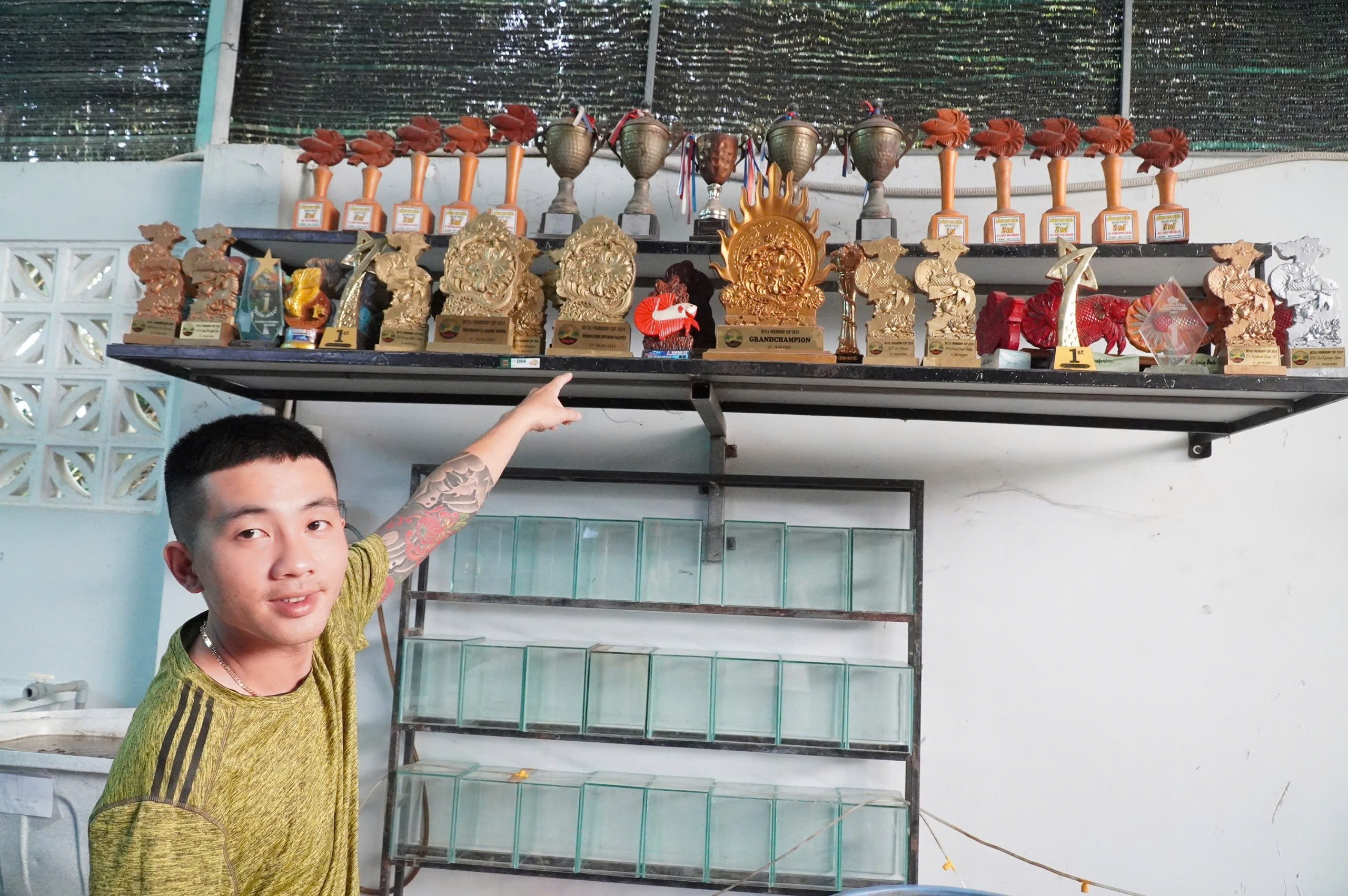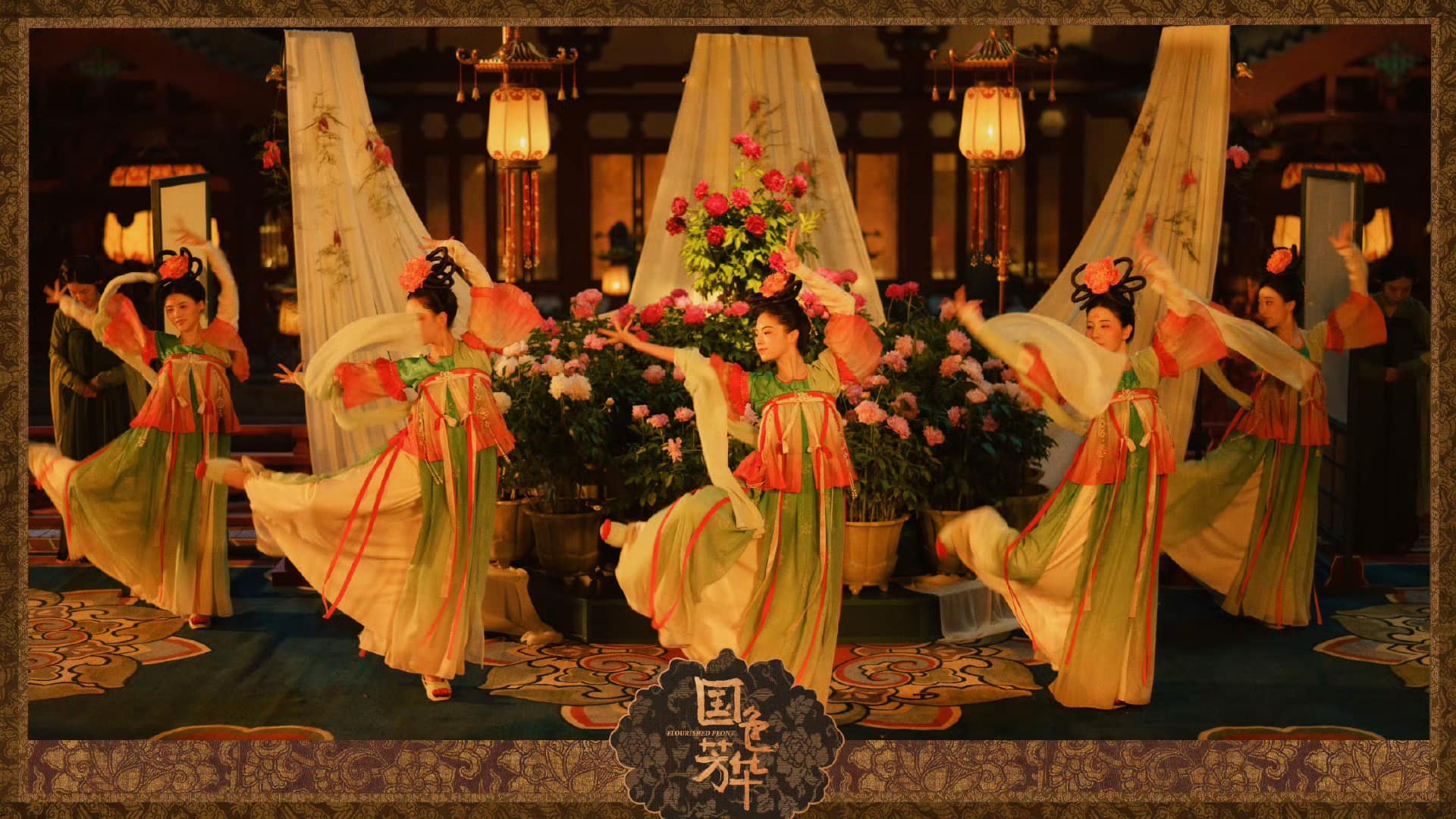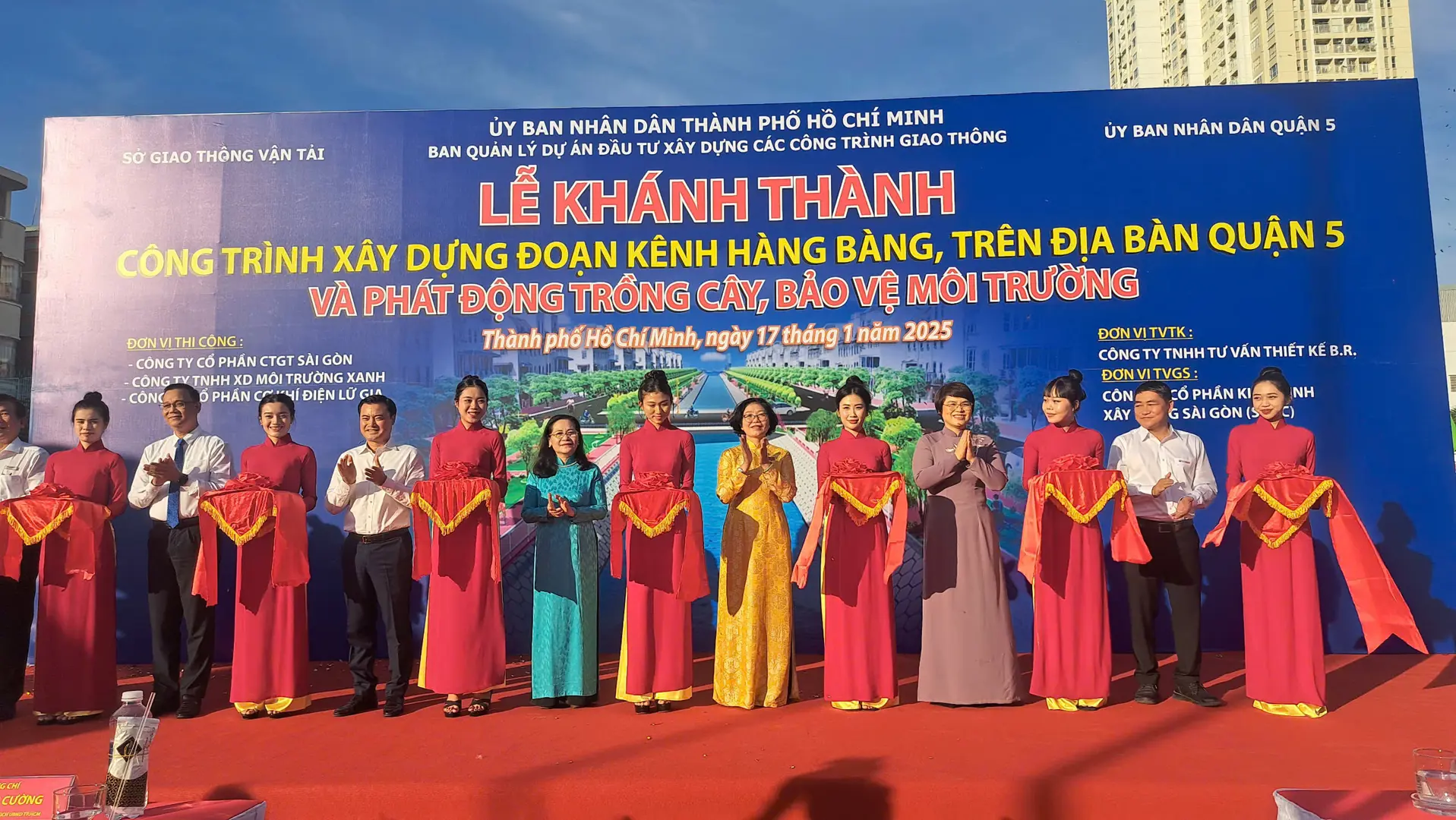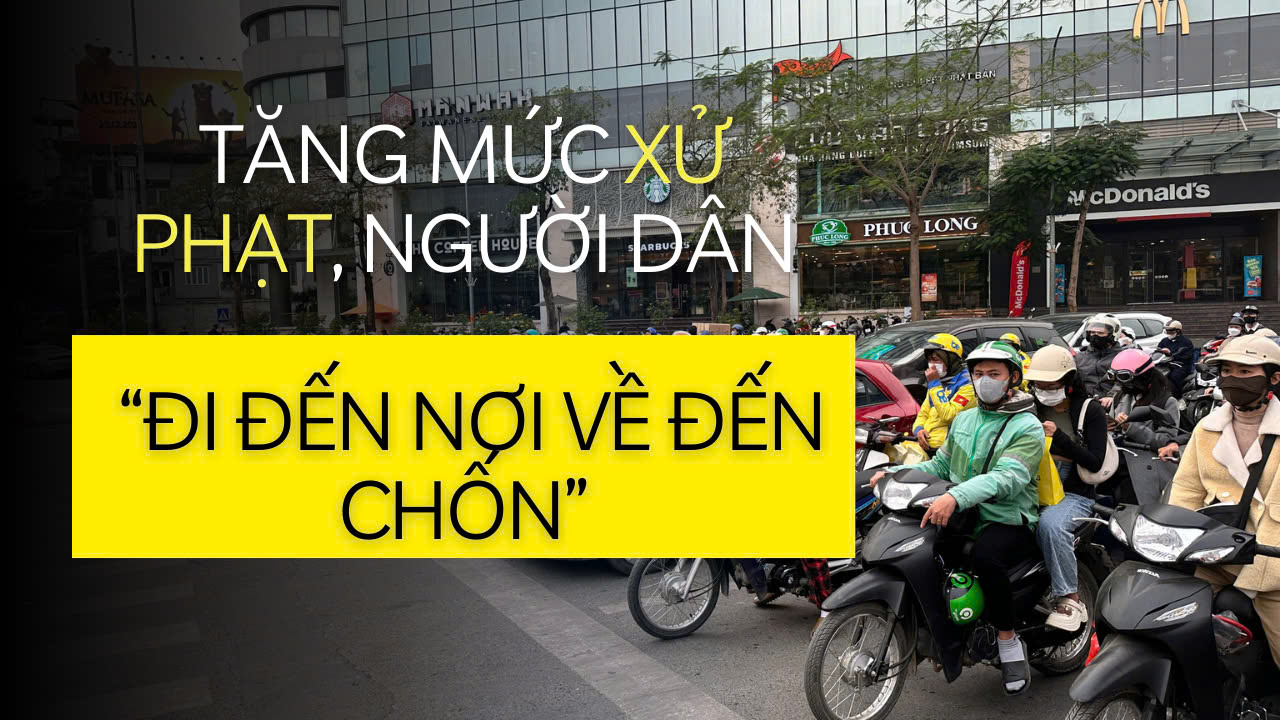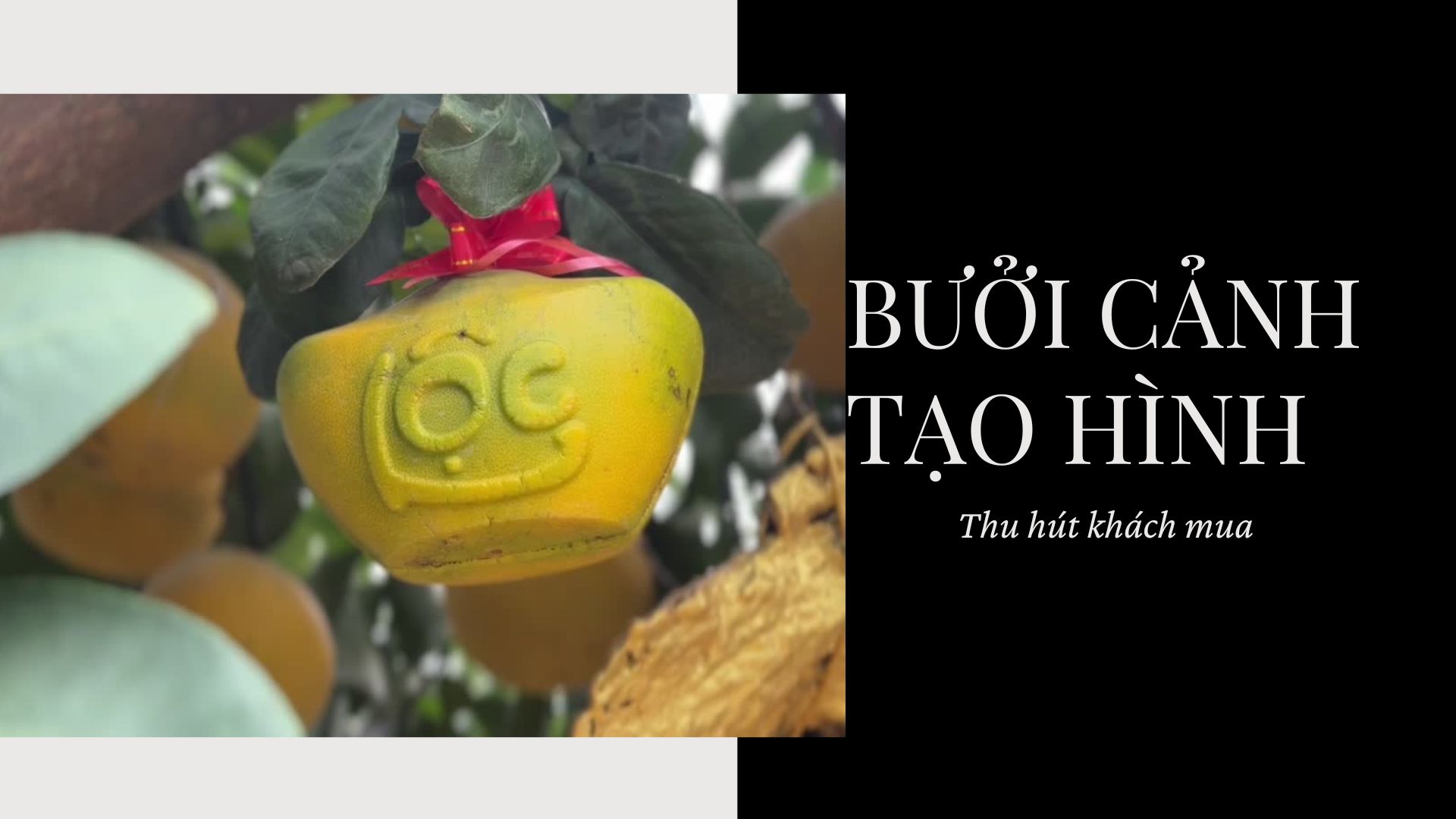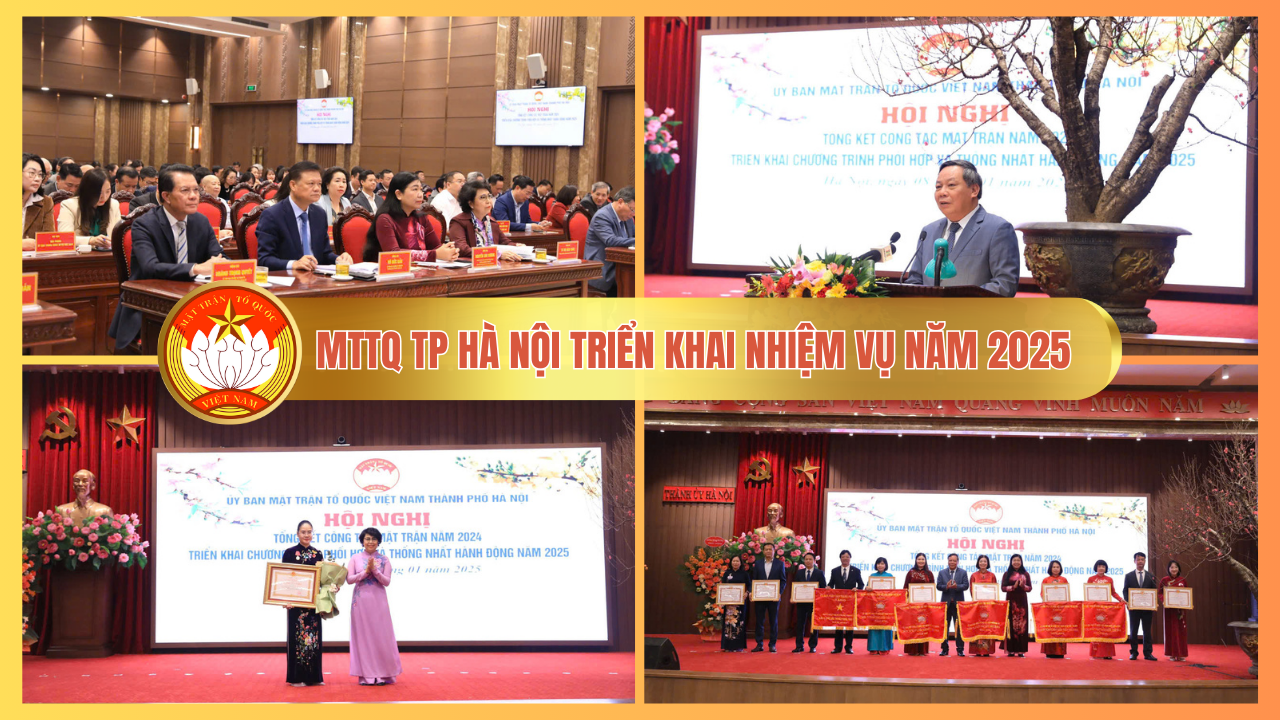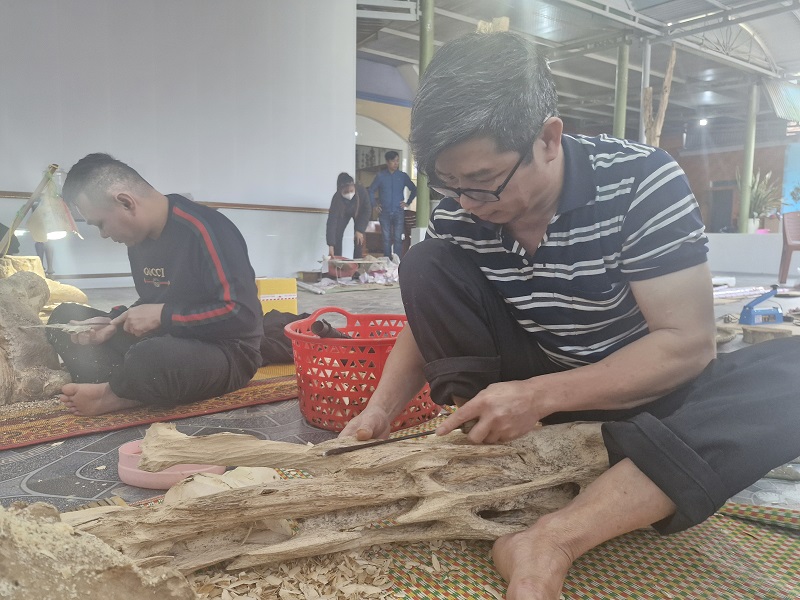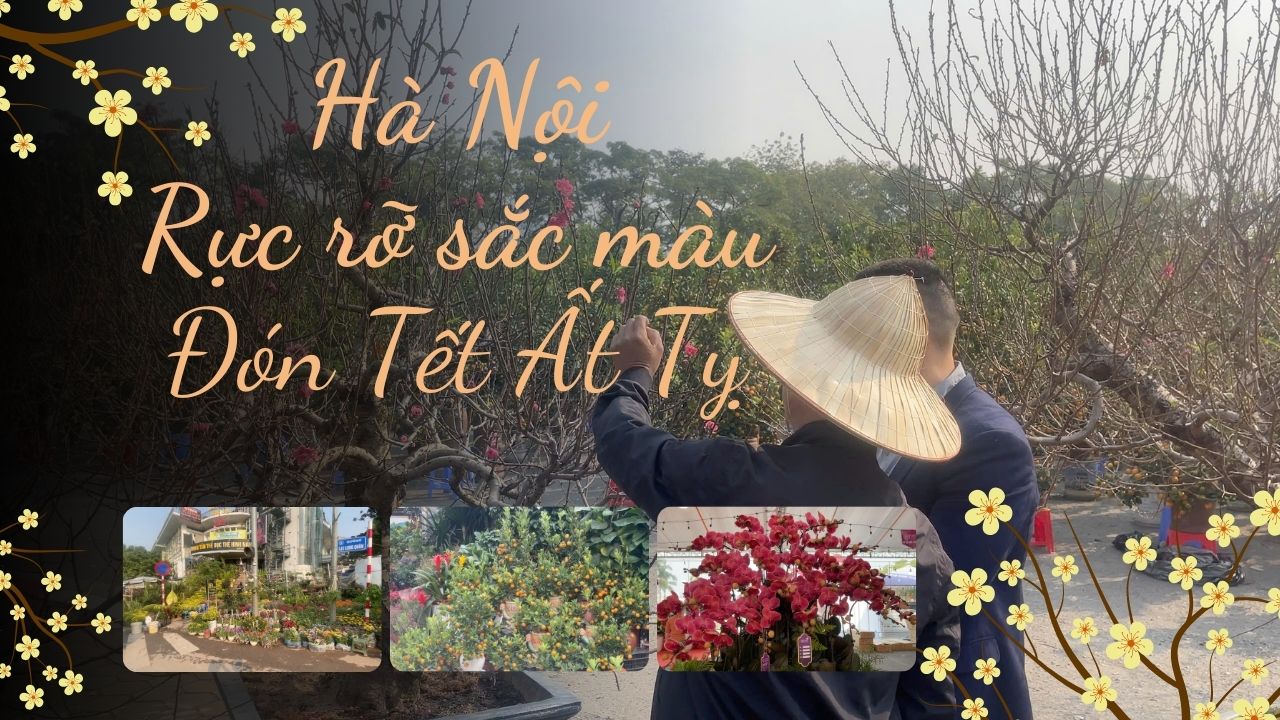Tet in a Hanoi family: Out with the old, in with the new
Tet is a magic time when ancient customs and beliefs live on, Thuy Duong tell us about how a family in Hanoi celebrates a typical traditional Tet.
"Asked for being absent from work yet?" Waiting at door, Mom asked when I was just about to walk inside. Familiar questions are repeated once a year, exactly one day before the Kitchen God ceremony. In the house, offerings, votive papers, and paper clothes had already prepared by my mother. Tomorrow morning, like dozens of years past, similar to the thing that thousands of other Hanoi families do before Tet, we will make the most special journey of the year: visit the graves of family’s ancestors and deceased people.
| An altar decorated for Tet celebration. |
Normally, Tet or the Lunar New Year is considered to officially start from the 30th day of the last lunar month, but for Hanoians, Tet comes a lot earlier, about one week before that point of time. That is when the family packed offerings, flowers, incenses and sticky rice, etc. preparing for a visit to homes of passed away ancestors or parents. The deceased are always remembered by their descendants, and their souls are invited to return home to celebrate and reunite with their families for Tet holiday.
Tet Nguyen Dan, to give it its full name, heralds the spring, a time when heaven and earth are traditionally in harmony, the weather gets warmer, trees and flowers bloom. It marks an interlude when people can enjoy a brief respite after a year of hard work.
Tet is also a period of cosmic renewal, when a new spirit of energy rises. This cycle has given rise to some delightful customs; for examples, during Tet every deed must spring from the best intentions, as an augury for all actions taken during the next 12 months.
Ancestor worship and goodbye to Kitchen Gods
| Foods offered to the Kitchen Gods |
Hanoians’ preparations for welcoming Lunar New Year usually starts a week prior to Tet, families clean the incense burners, lamps, candlesticks, vases and memorial photos on the home altars, ready for the farewell ceremony for Tao Quan (the Kitchen Gods). Vietnamese people have long believed that on the night of the 23rd day of the last lunar month, Tao Quan, who observe everything that take place in a house, ascend to Heaven and report to the Jade Emperor on all family events, good and bad, of the year past.
People prepare well for this special ceremony, in the hope that Kitchen Gods (the woman and her two husbands) will say good things about the family to the Jade Emperor. Offerings include food, joss notes, votive clothes, and one key gift: carps, which later on, will be released into nearby lakes or ponds for Tao Quan to ride on to Heaven.
Shopping and cleaning the house for Tet
| Peach blossoms at the annual flower market in Hang Luoc street, Hanoi's Old Quarter |
The week following the Kitchen Gods ceremony is the busiest week of the year as people tidy and clean up the houses in the belief that this will sweep away any bad luck from the old year. With the utmost care and devotion to the ancestors, my mother was always the one responsible for cleaning the altar, to ensure that none of the objects broke and the incense bowl did not move, even if it were only 0.001 millimeter. (According to Vietnamese belief, moving incense bowl is blasphemous act to ancestors and bad luck might come to the family in the coming year). Meanwhile, cleaning the living room and kitchen will be done by my father and three sisters of us.
| Banh chung |
After the heavy duty of house cleaning is well done, one of the most joyful parts of Tet is coming: shopping for Tet. For me, Tet markets are always a feast for senses. Mom and three sisters of us get there very early in the morning to buy the best and freshest food and other produce. Essential purchases include sticky rice to make banh chung (a squared sticky rice cake stuffed with mung beans and pork), pork, beef, a rooster and flowers. A blossoming peach branch or tree, or a kumquat tree full of fruits, is traditionally chosen to decorate house by Hanoians during Tet, as they are symbols of prosperity in the new year to come. Dad usually bought a branch of blossoming peach or a small tree of kumquat randomly for each year; or he would buy both if he had enough money.
Seasonal fare
An integral part of the family ancestor altar is the mam ngu qua, the fruit tray with five different fruits. For Vietnamese, the mam ngu qua is an intrinsic aspect of Tet, as a presentation of their religious, philosophical and aesthetic beliefs. According to Oriental philosophy, the universe is composed of five basic elements: metal, wood, water, fire and earth. Each of the fruit in the Tet fruit tray symbols for one of these elements. As for fruit arrangers, the number of displayed fruits are not important, but the color of the fruits. Mother often chooses five fruits with five different colors. A hand of green bananas was arranged in the middle of the tray, topped by a yellow grapefruit; some orange citrus and purple dragon fruits were arranged around; and interspersed among the green bananas will be the red peppers.
| Mam ngu qua |
Other Tet specialties are well prepared by my mom some days in advance were including: fish and beef cooked in nuoc mam (fish sauce), pickled onion, vegetables and herbs. The Tet counterpart of the Christmas pudding is Banh chung, which symbols the Earth in Vietnamese belief. Cooking banh chung takes around 12 hours, often extending from late afternoon into midnight. On that evening, my whole family sat around the great boiling pot and old folk stories were told by my father.
Pork roll (gio), another Tet delicacy, is made from pounded pork wrapped in banana leaves and boiled up. Another is canh mang, bamboo shoots braised with pigs' leg trotters. And the last but not least, jelly chicken is cooked from chicken with fragrant mushroom. We not only eat these Tet foods, but also offered the dishes to our ancestors, to remind us of our childhood and to pass on such traditional customs to our own children.
New Year’s Eve
| Tet foods |
It’s known as giao thua, meaning the cusp of the old and new years. Dad, as the head of the family, performs a solemn speech at midnight before the worshiping table set up in courtyard where offerings to the Jade Emperor are laid out. We, the children were aroused from our beds, then the family's party started. After the midnight meal, parents usually go to the pagoda to pray for good luck and health, and on the way home, they pick leaves from tree as ‘gifts’ for the new year. Bringing something home on the first day of the year is thought to bring good fortune; conversely, losing something is an unlucky omen.
| People usually ask for "letters" to express their wishes in a new year from a caligraphy master |
Tet off
Tet ends on the fourth or fifth day of the first lunar month, depending on each family. Before normal life resumes, adults go back to work, children go to school and souls of ancestor and dead return to the heaven, the het tet – Tet-ending party is organized.

What to know about Tet holiday in Vietnam?
You should know do's and don'ts to avoid awkward moments in Vietnam during Tet celebration.

Hanoi people to celebrate Tet in cold weather
A cold front arriving during the first days of the Lunar New Year will cause rain in North Vietnam, including Hanoi.

Five Tet theme picture-taking hotspots in Hanoi
Phung Hung mural street, Hang Ma, Nhat Tan peach garden are among five favorable options for perfect Instagrammable photos.







